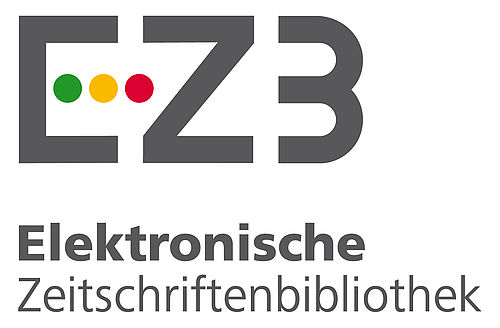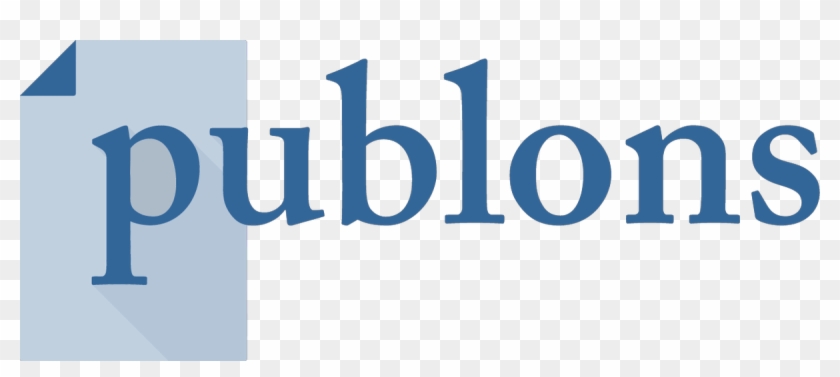Identification and Authentication of Microbes Causing Urinary Tract Infection and Detection of Antibacterial Activity for Methanolic Extract of Senna alexanderina against these Pathogenic Bacteria in Khartoum State, Sudan
Abstract
The aim of this study is to isolate and identify the microbes
causing urinary tract infection and antibacterial of those microbes by used
methanolic extract of plant and antibiotics. One hundred samples were collected
for both genders in Khartoum State. From sixty-three out of one hundred samples
obtained on different types of microbes are Staphylococcus aureus
(33.3%), Enterococcus fecales
(9.5%), Escherichea coli (19%), Klebsiella pneumonae (7.9%), Protus mirabilis, Pseudomonas aeuroginosa (9.5%), Citrobacter ssp (4.7%), Candida albicans (7.9%). The antibacterial results against isolated
microorganisms using methanolic extract of Senna
alexanderina showed resistance to these microbes except S. aureus was sensitive; also, most
microbes were sensitive to antibiotics.
Thanks
We are grateful to Department of Microbiology, Faculty of Pure and Applied Sciences, International University of Africa, Khartoum, Sudan.
References
- References 1. Abeysinghe P.D. (2010). Antibacterial activity of some medicinal mangroves against antibiotic resistant pathogenic bacteria. Indian Journal of Pharmaceutical Science, 72, 167-72
- 2. Dole C. (2004). In the shadows of medicinal and modernity medicinal integration and secular histories of religious healing in turkey journal culture. Medicinal Psychiatry, 28(3),255-80.
- 3. Gezici S. and Sekeroglu N. (2019). Current perspectives in the application of medicinal plants against cancer: novel therapeutic agents. Anti-Cancer Agents in Medicinal Chemistry (Formerly Current Medicinal Chemistry-Anti-Cancer Agents), 19(1), 101-111.
- 4. Gomez MR, Cerutti S, Sombra LL, Silva MF and Martı´nez LD. (2007). Determination of heavy metals for the quality control in Argentinian herbal medicines by ETAAS and ICP-OES. Food Chem Toxicol 45:1060–1064.
- 5. Kanwar K., Pandey R., Gezici S., Azmi W. (2019). Enzymes as competent tool for efficient management of pathogen’s biofilms. Annals of Phytomedicine, 8(1), 70-81.
- 6. Kavanagh F. (1972). Analytical Microbiology, Vol II, Academic Press, New York and London, pp. 11.
- 7. Miles A. A. and Misra S. S., (1938). Estimation of bacterial power of blood, J Hygiene (Lond) 38: 732-49.
- 8. Saranraj P. and Sivasakthivelan P. (2012). Screening of Antibacterial Activity of the Medicinal Plant Phyllanthus amarus Against Urinary Tract Infection Causing Bacterial Pathogens, Applied Journal of Hygiene, 1(3), 19-24.
- 9. Selim S. A., El Alfy S. M., Abdel Aziz M. H., Mashait M. and Warrad M. F. (2013). Antibacterial activity of selected Egyptian ethnomedicinal plants, Malaysian Journal of Microbiology, 9(1), pp. 111-115.
- 10. Sharma A., Verma R. and Ramteke P. (2009). Antibacterial Activity of Some Medicinal Plants Used by Tribals Against Uti Causing Pathogens, World Applied Sciences Journal, 7(3), 332-339.
- 11. Shida W., Tateishi H., Tahara, Y. Fujita, M. Husham Majeed Alsaadi D., Watanabe M., Koga R., Radwan M.O., Ciftci H.I., Gezici S., Kurauchi Y., Katsuki H., Otsuka M., Sugimura K., Wada M., Sekeroglu N., Watanabe T. (2019). Antileukemic Activity of Twig Components of Caucasian Beech in Turkey. Molecules, 24(21), 3850.
- 12. Viswanathan S. and Nallamuthu T. (2012). Phytochemical screening and antimicrobial activity of leaf extracts of Senna alexandrina Mill. against human pathogens, International Journal of Current Science, 2, 51-56.
- 13. World Health Organization (WHO), (1988). The international pharmacopoeia, 3rd ed. Vol. 3. Quality specifications. Geneva.
Abstract
References
- References 1. Abeysinghe P.D. (2010). Antibacterial activity of some medicinal mangroves against antibiotic resistant pathogenic bacteria. Indian Journal of Pharmaceutical Science, 72, 167-72
- 2. Dole C. (2004). In the shadows of medicinal and modernity medicinal integration and secular histories of religious healing in turkey journal culture. Medicinal Psychiatry, 28(3),255-80.
- 3. Gezici S. and Sekeroglu N. (2019). Current perspectives in the application of medicinal plants against cancer: novel therapeutic agents. Anti-Cancer Agents in Medicinal Chemistry (Formerly Current Medicinal Chemistry-Anti-Cancer Agents), 19(1), 101-111.
- 4. Gomez MR, Cerutti S, Sombra LL, Silva MF and Martı´nez LD. (2007). Determination of heavy metals for the quality control in Argentinian herbal medicines by ETAAS and ICP-OES. Food Chem Toxicol 45:1060–1064.
- 5. Kanwar K., Pandey R., Gezici S., Azmi W. (2019). Enzymes as competent tool for efficient management of pathogen’s biofilms. Annals of Phytomedicine, 8(1), 70-81.
- 6. Kavanagh F. (1972). Analytical Microbiology, Vol II, Academic Press, New York and London, pp. 11.
- 7. Miles A. A. and Misra S. S., (1938). Estimation of bacterial power of blood, J Hygiene (Lond) 38: 732-49.
- 8. Saranraj P. and Sivasakthivelan P. (2012). Screening of Antibacterial Activity of the Medicinal Plant Phyllanthus amarus Against Urinary Tract Infection Causing Bacterial Pathogens, Applied Journal of Hygiene, 1(3), 19-24.
- 9. Selim S. A., El Alfy S. M., Abdel Aziz M. H., Mashait M. and Warrad M. F. (2013). Antibacterial activity of selected Egyptian ethnomedicinal plants, Malaysian Journal of Microbiology, 9(1), pp. 111-115.
- 10. Sharma A., Verma R. and Ramteke P. (2009). Antibacterial Activity of Some Medicinal Plants Used by Tribals Against Uti Causing Pathogens, World Applied Sciences Journal, 7(3), 332-339.
- 11. Shida W., Tateishi H., Tahara, Y. Fujita, M. Husham Majeed Alsaadi D., Watanabe M., Koga R., Radwan M.O., Ciftci H.I., Gezici S., Kurauchi Y., Katsuki H., Otsuka M., Sugimura K., Wada M., Sekeroglu N., Watanabe T. (2019). Antileukemic Activity of Twig Components of Caucasian Beech in Turkey. Molecules, 24(21), 3850.
- 12. Viswanathan S. and Nallamuthu T. (2012). Phytochemical screening and antimicrobial activity of leaf extracts of Senna alexandrina Mill. against human pathogens, International Journal of Current Science, 2, 51-56.
- 13. World Health Organization (WHO), (1988). The international pharmacopoeia, 3rd ed. Vol. 3. Quality specifications. Geneva.
Details
| Primary Language | English |
|---|---|
| Journal Section | Research Articles |
| Authors | |
| Publication Date | December 26, 2019 |
| Published in Issue | Year 2019 |
Cite
-------------------------------------------------------------------------------------------------------------------------------













-------------------------------------------------------------------------------------------------------------------------
 CUPMAP Journal is licensed under a Creative Commons Attribution-NonCommercial-NoDerivatives 4.0 International License.
CUPMAP Journal is licensed under a Creative Commons Attribution-NonCommercial-NoDerivatives 4.0 International License.
-----------------------------------------------------------------------------------------------------------------------------------------
This is an open access journal which means that all content is freely available without charge to the user or his/her institution. Users are allowed to read, download, copy, distribute, print, search, or link to the full texts of the articles, or use them for any other lawful purpose, without asking prior permission from the publisher or the author. This is in accordance with the BOAI definition of open access.

